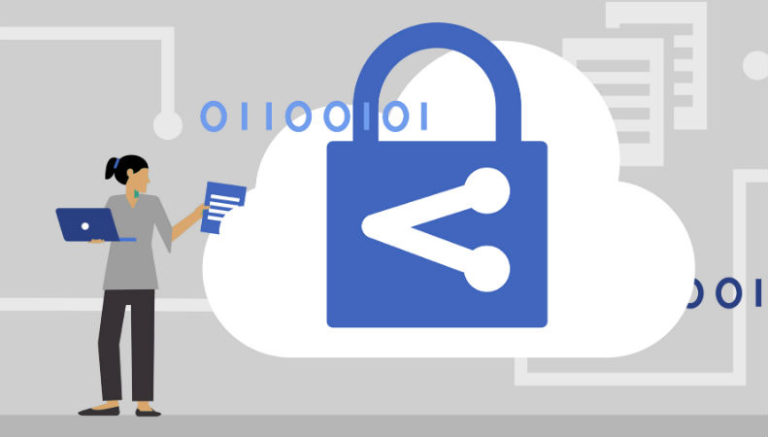A Comprehensive Guide To Understand SMTP Relay Service
“Relaying” is the term given to one server accepting an email from another server within the same domain. Local networks typically use email relays within their ecosystem to transmit emails among local users, for example, all of the faculty and student emails of a university campus. A mail relay differs from an open relay, where an email server processes an email that neither originates nor ends with a recipient who is within the server’s local domain.
What Is SMTP Relay?
SMTP Relay Service is a service that routes enterprise emails through a trusted 3rd party, to meet the need of sending bulk emails. Although created in 1982, it continues to be the widely used internet standard today. If an employee at Company A sends an email to someone at Company B, they connect to their company’s SMTP server. It then relays the email to the server used or owned by Company B.
How Does SMTP Work?
To put it simply, SMTP (Simple Mail Transfer Protocol) is a protocol that:
- Allows transmission of an email through the internet.
- Receives an email from the sender.
- Delivers it to the recipient’s SMTP server.
The working of an SMTP relay service involves the following steps:
- When a user sends a mail, the email application on their mobile device or computer connects to an SMTP relay.
- It then sends the message along with details which the relay needs to figure out the next step in the mail’s journey.
- The relay uses the Domain Name Service (DNS) and the domain name in the email address to figure out the destination of the email.
- From there, the email may get transferred directly to the “MDA” (Message Delivery Agent) of the recipient’s email service.
- Or else, it may travel through multiple Mail Transfer Agents who operate as SMTP servers before it reaches the recipient’s inbox.
Enterprises can either manage their SMTP relays or choose a dedicated SMTP mail relay service provider.
Importance Of Mail Relay Service In The Enterprise Email Infrastructure
An SMTP relay service can help organizations and businesses deliver large volumes of email. It prevents these crucial marketing emails from running up against small sending limits or getting mislabeled as spam.
- Email relay providers work closely with the major internet service providers (ISPs) to ensure delivery of these emails straight to the recipient’s inbox.
- It prevents the enterprise’s server’s IP from appearing on an IP blacklist.
- Delivering email is a tough business. Enterprises may not even know that their carefully crafted emails may silently land up in the recipient’s junk folder. A dedicated SMTP relay relieves them of the burden of dealing with such cumbersome email delivery issues.
- It saves the organizations’ precious resources from having to run and manage its mail server.
- SMTP relay service is a trusted technology that analyzes all of the emails leaving the enterprise servers and detects spam, if any. It then sends a report to the administrators so that they can identify and block the compromised accounts.
- It helps in maintaining the reputation of the organization’s IP address, which gets severely affected if it enters a blacklist.
The Need For Outsourcing The SMTP Relay Server
As mentioned earlier, using the redundant peer-to-peer primary email server for sending bulk emails is not a practical choice when it comes to forwarding thousands of marketing newsletters to your subscribers and clients. Besides severely hampering your delivery rate, it can even clog your bandwidth. Hence, for growing businesses, outsourcing an SMTP relay server becomes a necessity. Here are a few reasons why outsourcing an SMTP relay service is a prudent choice:
- There are no extra hardware and software costs as it is highly scalable.
- It monitors user behavior like open rate and bounce rate. It can help in keeping track of user engagement.
- It helps in handling & arranging the contact and email lists.
- It can send emails automatically according to pre-set schedules.
- It often comes with a spam testing assistant. It uses real spam filters in checking the HTML content and helps detect any spam email.
- It generates reports for intensive analysis of user engagement, deliverability, and other crucial parameters.
- It helps in maintaining the reliability, affordability, and deliverability of the essential content.
Downsides Of Setting Up Your SMTP Relay Server
Although outsourcing an SMTP relay service is an affordable and reliable option, many enterprises prefer to set up their SMTP server. It may seem like a unique idea at first, but there are many downsides to the same.
- The full control over your email infrastructure may come at a high cost.
- Setting up your SMTP relay server can take hours, days, or even weeks. It depends upon your level of skills and experience.
- An entry-level enterprise may not possess the requisite knowledge and resources to set up an SMTP service. For example, setting up the server requires knowledge about mail-transfer-agent (MTA), DKIM and DMARC signing, so on and so forth.
- It involves setting up and monitoring the IP addresses for maximizing deliverability. Thus, it eats up a large chunk of a talented workforce.
In a nutshell, building your outbound SMTP server may not prove to be worth the effort, especially as you scale up the email volume.
Checklist For Choosing The Best Email Relay Service For Your Business
Here are a few steps which will help you to choose the best SMTP Relay Service for your business:
- You should look for a provider that is easy to integrate into your existing website or application.
- You should look for an expert who is well qualified to provide support at all times.
- Certain features are integral to an excellent SMTP service. These include real-time analytics & reports, reverse DNS, open, click, and complaint tracking, etc.
- Deliverability of emails and affordability of the service is another crucial factor.
Many organizations, which need to send out bulk emails, like newsletters, or automated emails that get triggered from user interaction, need tailored outgoing email solutions. The peer-to-peer email which gets hosted via the cloud and accessed on a web browser is not adequate for such types of mass email programs and campaigns. Thus, a dedicated smtp relay service plays a crucial role in the enterprise email infrastructure.




